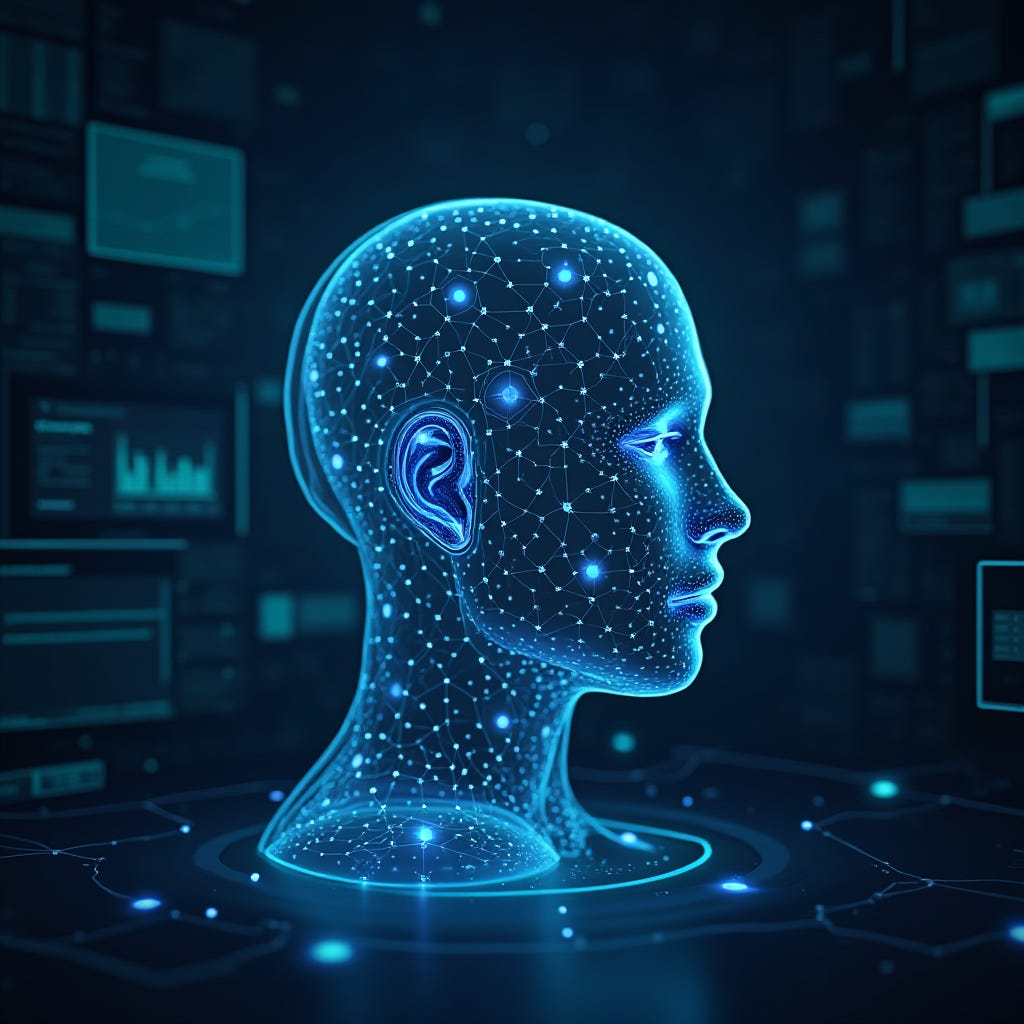As many of you who know me by now already understand—I don’t accept the standard answers handed down by tradition or authority. Whether the topic is religion, nutrition, politics, or any other so-called “settled” domain, I question everything. And one of the biggest question marks for me is gravity.
Something about it just doesn’t add up.
Now, let me be clear: I’m not a Flat-Earther. But when you take a long, hard look at the mechanics of gravity—when you really start digging beneath the surface—some of the arguments made by Flat-Earthers begin to sound surprisingly reasonable. Recently, I put both Gemini and ChatGPT to the test with a series of probing questions. What I got back was... eye-opening. In fact, the more I asked, the more convinced I became that gravity might not be what we’ve always been taught. To my surprise, ChatGPT was more candid about the inconsistencies than Gemini. Both AI platforms began with the textbook definitions we all learned in school—but things got interesting once I began peeling back the layers.
One of the first questions I posed was: “If you’re standing in Antarctica, are you technically upside down?” Both initially answered, “No.” But when I pressed further—asking, “From the perspective of someone observing Earth from space, wouldn’t a person in Antarctica appear upside down?”—they both shifted. “Yes,” they admitted. From space, you would indeed appear to be clinging to the underside of a spinning ball, like an ant stuck to the bottom of a basketball. So technically, yes, we are upside down—our brains just interpret our orientation as upright.
And that’s where things get interesting.
In most places on this planet, we’re standing at an angle or even hanging sideways relative to the Earth's curvature. And yet, we don’t float away. Why? Because of gravity—the so-called weakest of the four fundamental forces in nature. But that’s exactly what raises the red flag. We’re told this weak force is somehow strong enough to hold down entire oceans, cities, clouds, and even our own bodies against a globe spinning at a thousand miles per hour, hurtling through space. Really?
Most people go through their entire lives without once stopping to consider that they might be dangling sideways or upside down on a ball suspended in the void. We’re conditioned to accept that gravity handles it all. But when you pause, question, and observe with fresh eyes, something doesn’t sit right.
We’re often taught to trust experts—to defer to those “smarter” than us. But intelligence doesn’t always equal truth. And sometimes, a childlike question can unravel an entire paradigm.
As I kept probing both AI platforms, something unexpected happened. ChatGPT, in particular, began to concede: maybe there is something off. It even leaned toward my theory—that gravity might not be a force pulling us down, but a construct of perception. In other words, our brains create the sensation of 'down' no matter where we stand on the globe. Whether we're upright, sideways, or upside down, we feel grounded—because the mind makes it so.
That sounds less like a force of nature… and more like a system.
Almost like a simulation.
But unlike fictional simulations where someone else holds the joystick, this one feels different. Here, we hold the controller. We decide how to play. We’re not just passive players—we're conscious participants shaping our experience inside the construct.
Oddly enough, this idea isn’t new. It echoes through ancient texts, spiritual doctrines, and esoteric teachings—all suggesting the same thing: that we’re here to awaken, to question, to take control. And perhaps, just perhaps, to remember that the power to shape reality has always been in our hands.
As always, my new speculative sci-fi thriller touches on some of these topics. You can purchase it on Amazon at https://www.amazon.com/dp/B0FGQNPLNG




